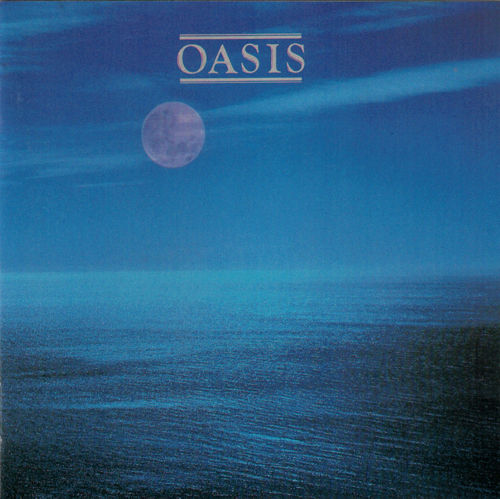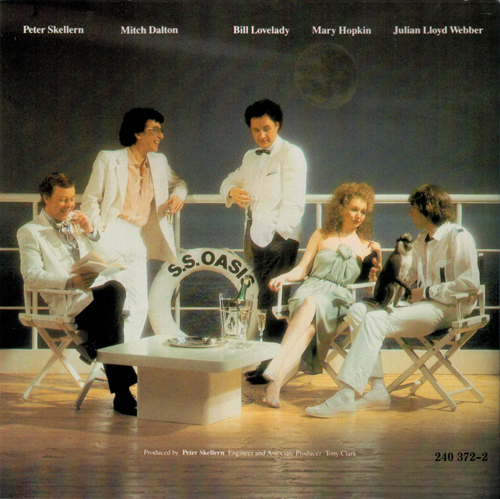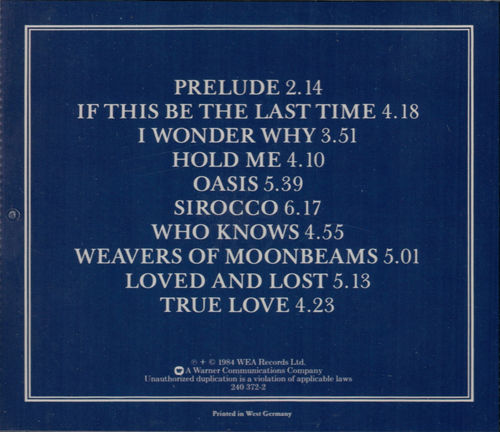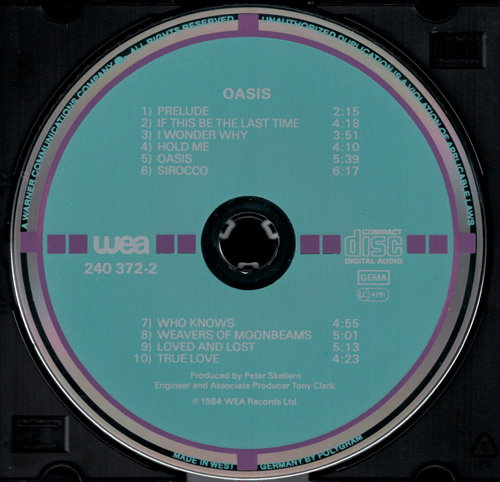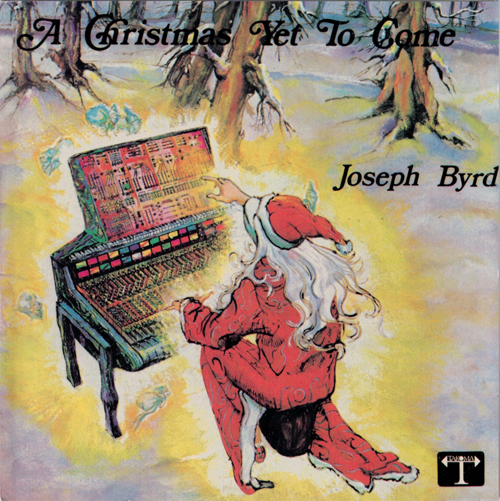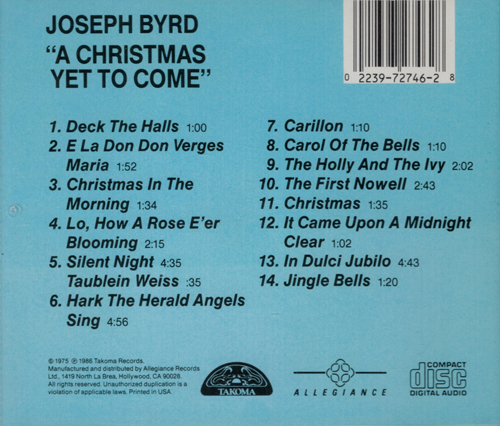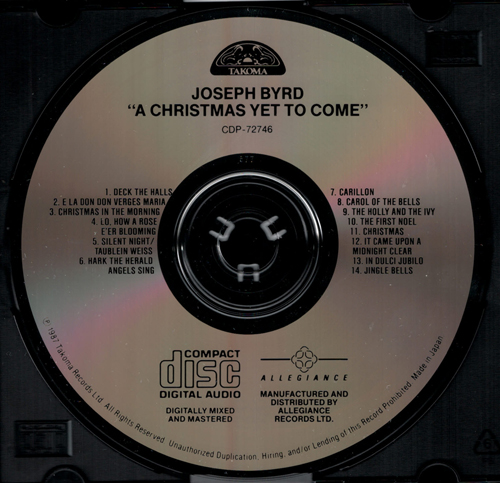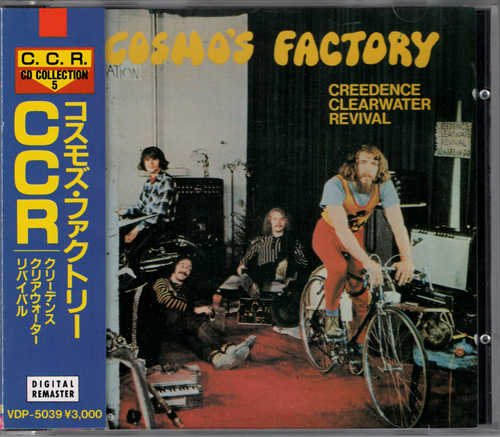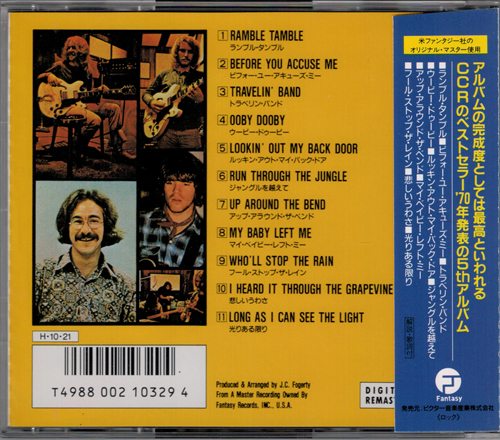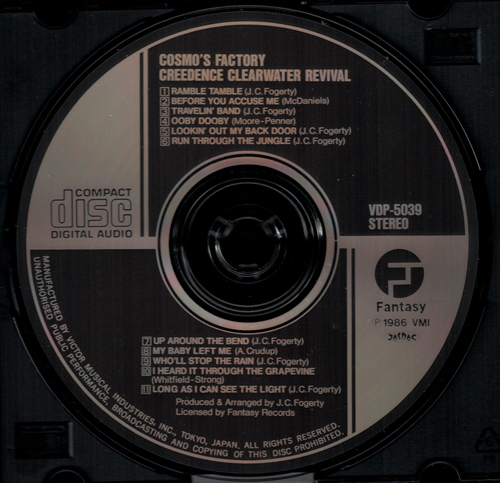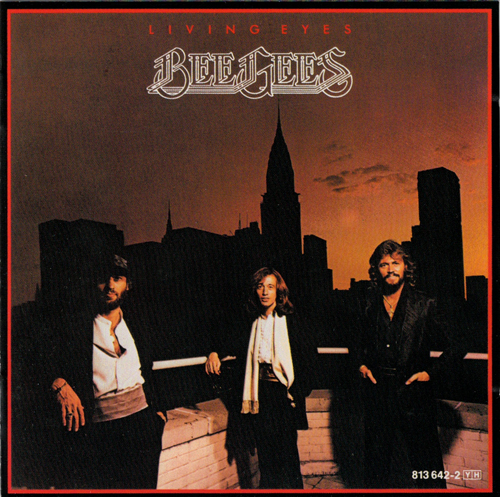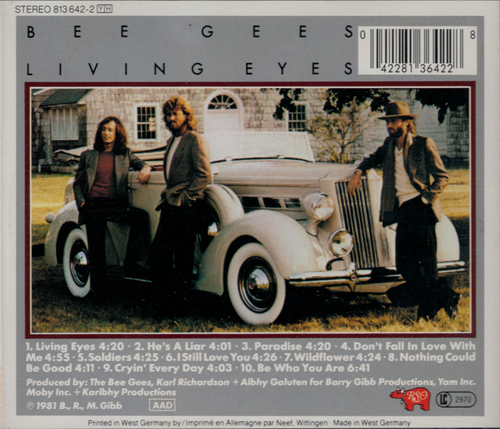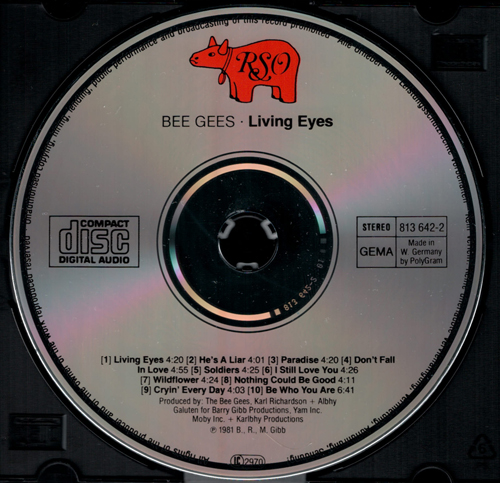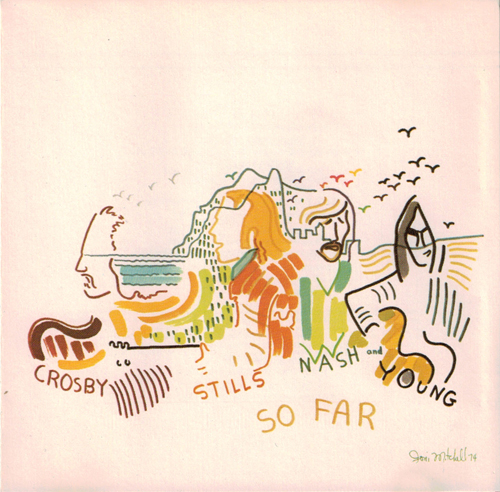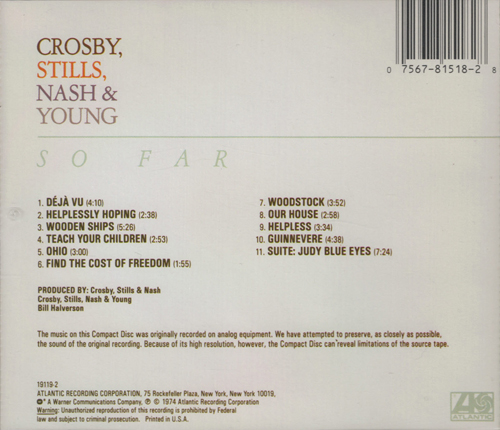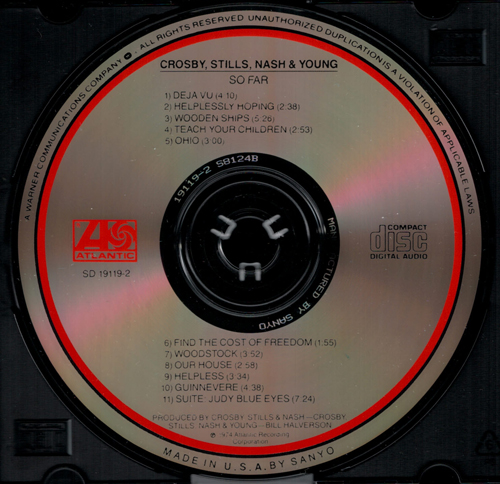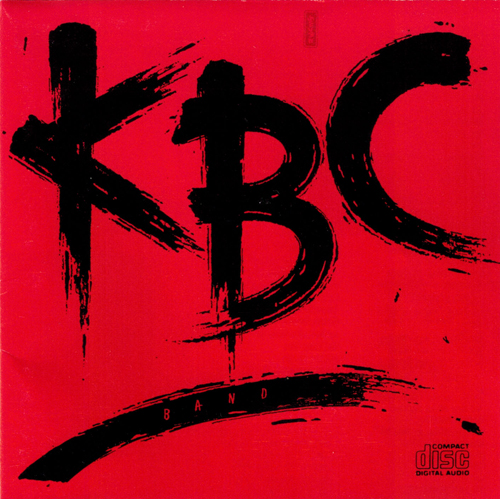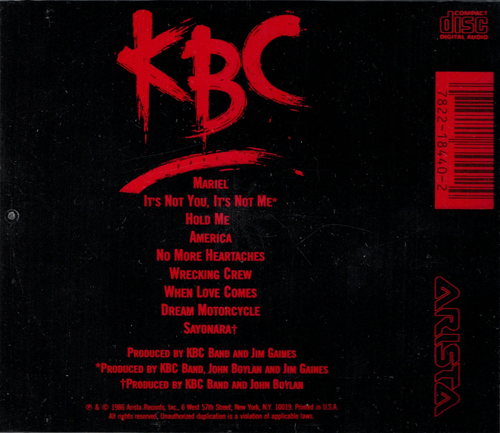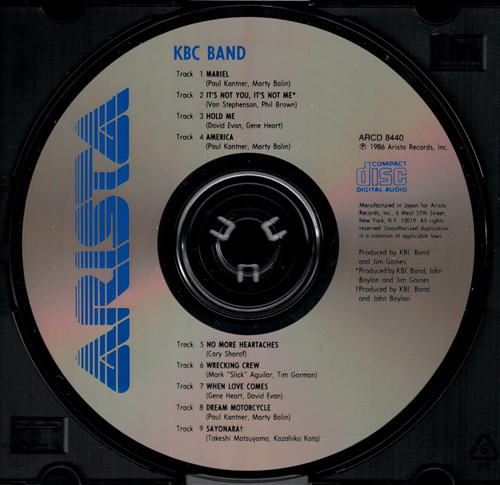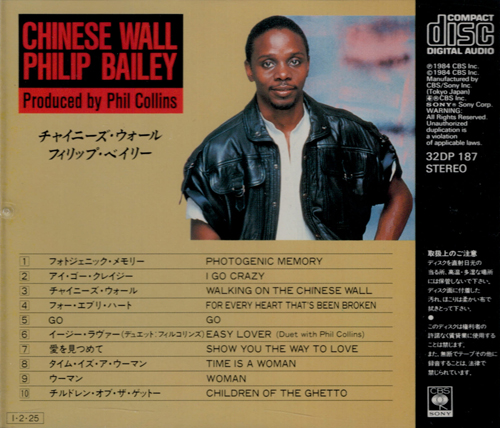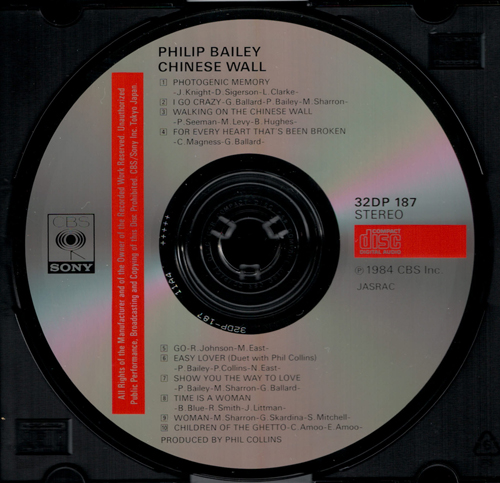soma cod saturday Violin Concerto">A Japan-for-Korea CBS classical CD: Beethoven http://waterloomilitaria.com/wp-cron.php?doing_wp_cron=1589406806.7061629295349121093750 Violin Concerto
January 31st, 2021
Over the years, we’ve discussed three primary markets for early Japanese CD pressings: Japan-for-Japan, Japan-for-U.S., and Japan-for-Europe. While these markets represent the majority of discs pressed in Japan, smaller markets at times sourced discs from Japan (or West Germany) to serve local demand before domestic plants opened. One such smaller market is Korea. Although rare overall, early Korean CD releases were generally pressed in Japan or West Germany. Let’s look at a Japan-for-Korea CD.
In the late ’80s, CBS Records began issuing classical titles in Korea. The first copies to hit the shelves were dedicated Korean releases with the discs pressed in Japan. Interestingly, these CBS titles were not pressed by CBS/Sony. Instead, they were pressed in Japan by JVC. We’ve discussed in other posts that CBS farmed out production of their titles to JVC and Denon in Japan in the late ’80s to meet demand.
So what we have is a Japanese JVC pressing of a CBS classical title for the Korean market. One such title is Ludwig van Beethoven’s Violin Concerto performed by Issac Stern with the New York Philharmonic. This CD was released on the CBS Maestro label under Korean catalog number DCK 8012. Also shown as a parenthetical is the original U.S. and European catalog number, MYK 42613.
The inserts for Violin Concerto bear a copyright date of 1987. The disc is a Japanese JVC pressing of the ’87 time frame. By 1987, JVC produced CDs with a “frosted” plastic ring at the center instead of clear. Also, the mirror band of JVC discs from the late ’80s have a large font, much easier to read than the original JVC small matrix characters. Additionally, JVC pressings of the late ’80s have a series of characters that some collectors refer to as “Tetris blocks”. The JVC pressing of Violin Concerto has these features for the plastic ring and the mirror band.
The particular copy of Violin Concerto featured here was recently purchased used in the United States. The back of the jewel case has a sticker that reads, “Imported & Distributed by Seoul Records, Inc.” Thus, it seems that this copy is a Japanese pressing for the Korean market that was then imported for sale in the U.S.
The Violin Concerto CD has a label design reminiscent of early Japan-for-Europe CBS titles. However, while those Japan-for-Europe pressings have black printing with no paint coating, these Japan-for-Korean discs are more striking with red printing (see photo below).
Shown below are the inserts for Violin Concerto, the Seoul Records, Inc. import sticker, and the Japanese JVC pressing. These early Japan-for-Korea discs likely are not too rare in Korea, but they appear to be quite uncommon in the U.S.
.
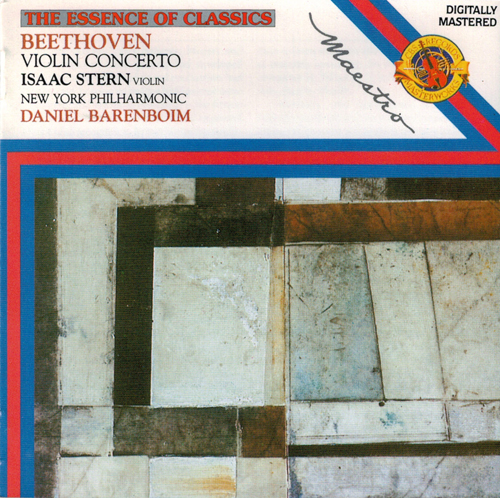
The cover for the Japan-for-Korea pressing of Ludwig van Beethoven (Isaac Stern, Violin; New York Philharmonic; Daniel Barenboim, Conductor) Violin Concerto (CBS Maestro, catalog number DCK 8012).
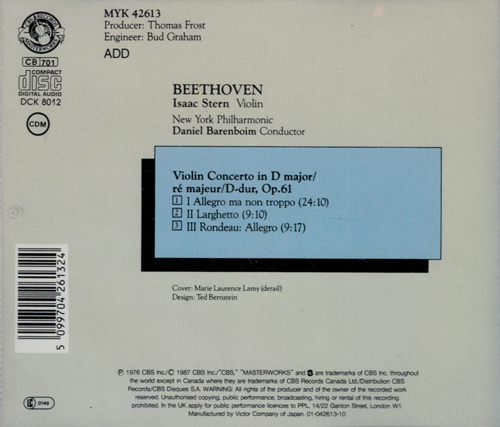
The back insert for the Japan-for-Korea pressing of Ludwig van Beethoven (Isaac Stern, Violin; New York Philharmonic; Daniel Barenboim, Conductor) Violin Concerto (CBS Maestro, catalog number DCK 8012). The Korean catalog number, DCK 8012, is printed in the top left corner under the CD format logo. The original U.S./European catalog number, MYK 42613, is printed at the top. A barcode is printed on the left. As noted along the bottom, the phonogram (recording) date is 1976, and the copyright date for this CD issue is 1987.

A Seoul Records, Inc. import sticker on the back of the original jewel case for the Japan-for-Korea pressing of Ludwig van Beethoven (Isaac Stern, Violin; New York Philharmonic; Daniel Barenboim, Conductor) Violin Concerto (CBS Maestro, catalog number DCK 8012). This sticker was added for resale of this CD in external markets (e.g., U.S.).
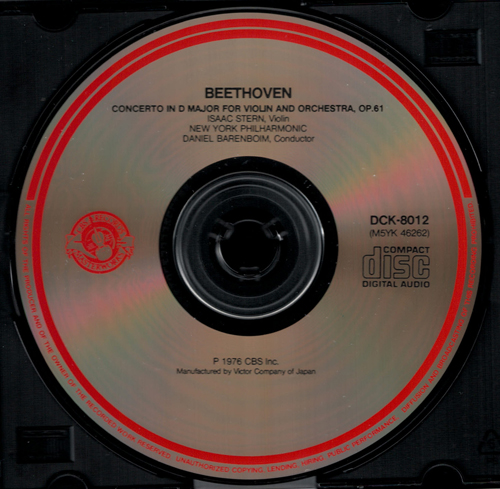
The Japanese JVC pressing of Ludwig van Beethoven (Isaac Stern, Violin; New York Philharmonic; Daniel Barenboim, Conductor) Violin Concerto (CBS Maestro, catalog number DCK 8012). The matrix code is “DCK-8012-A1F11”. Note the text “Manufactured by Victor Company of Japan” at 6 o’clock.
